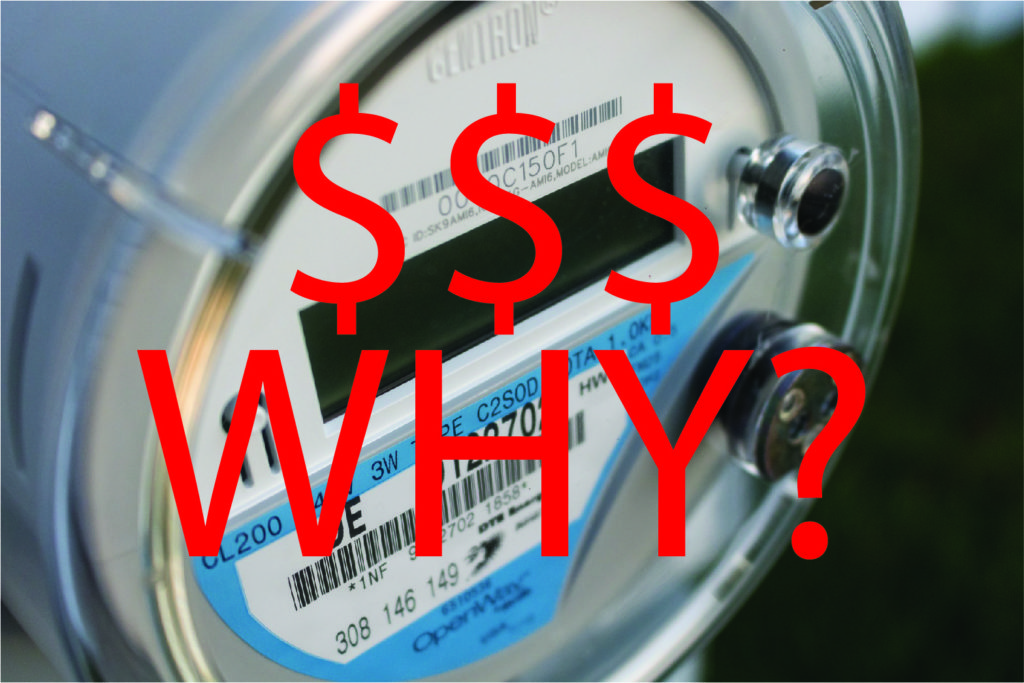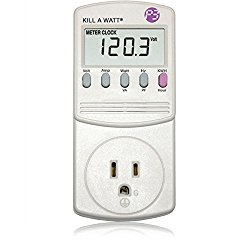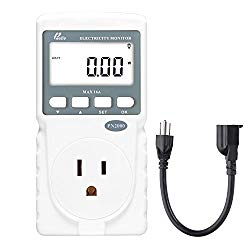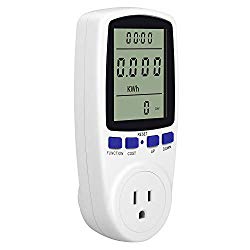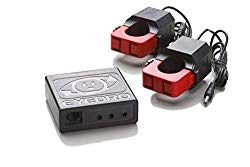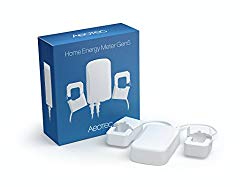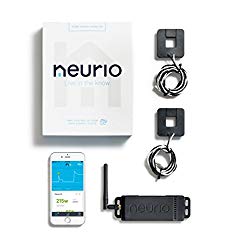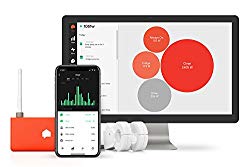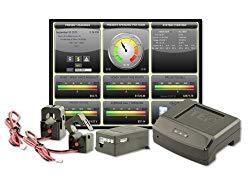Who hasn't asked themselves this question? Are you tired of getting higher than expected electric bills? Wondering where all of that electricity is going? We'll walk you through several different ways that you can find out!
More...
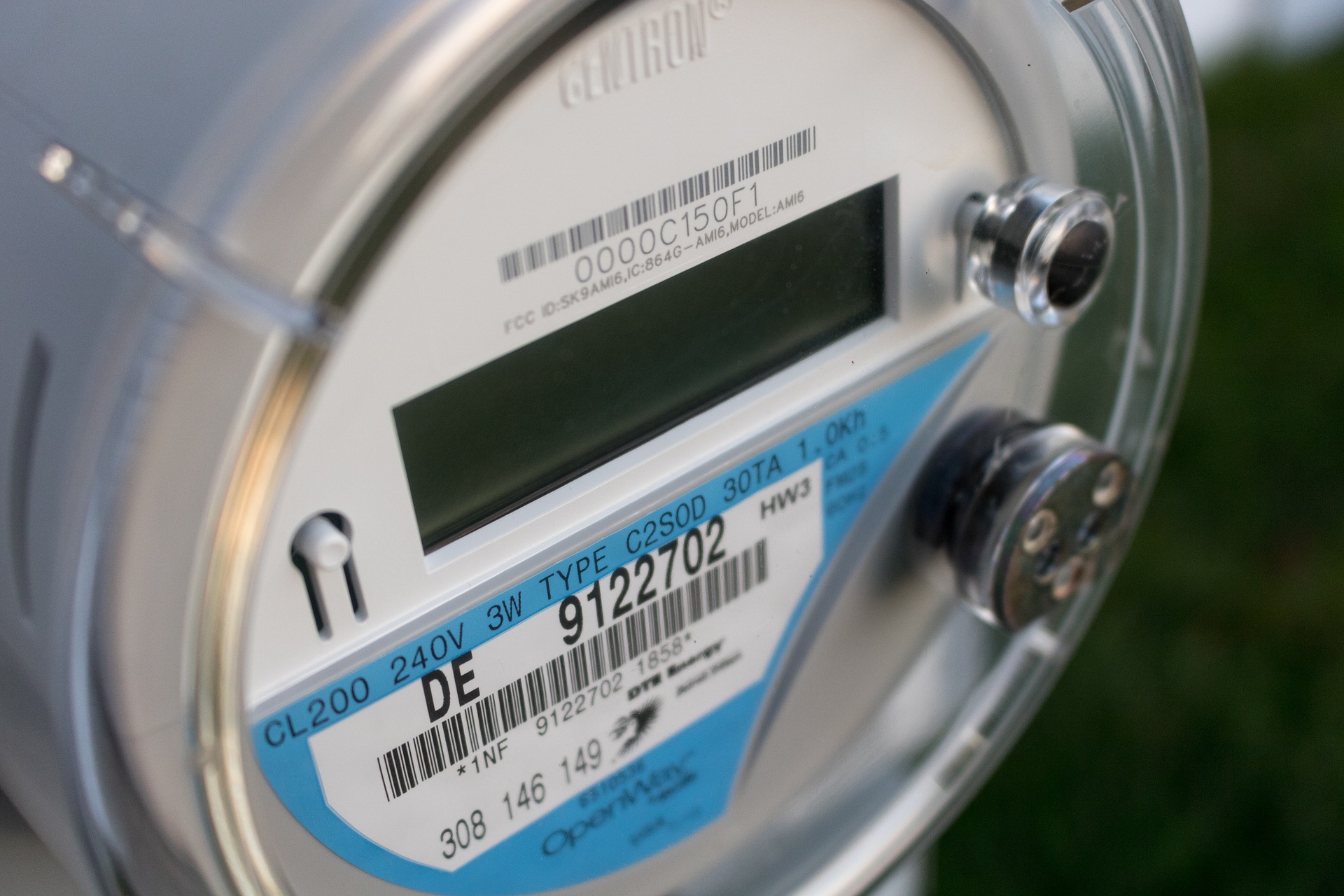
Meter
Average Electric Bill
According to a report by the US Energy Information Administration (EIA), in 2017 the average price per kilowatt hour ranged from around $0.095 in Louisiana to $0.295 in Hawaii. It actually varies greatly by region, with the Northeast states having the highest average cost of the contiguous U.S. and the West South Central being the lowest. That is likely because of the source of the power.
Sources of Electricity
Some sources of power are much more costly than others, especially when they have to be transmitted over great distances. I'm in Vermont and most of our power comes from Hydro Quebec. We have the 9th highest cost for power in the U.S.
According to the same EIA report, in 2017 32% of the electricity in the U.S. came from Natural Gas, 30% from coal, 20% from nuclear and 17% from renewable sources like: hydro, wind and solar.
What is Consuming the Electricity?
In order to figure out why your electrical bill is so high, it is critical to understand what is consuming the electricity in your home. There are several tools available that can help you with that. How much detail you are looking for, how much money you want to spend and how much work you want to put into it will determine which tool is best for you.
Device Level Usage Monitors
Device level usage monitors plug into an outlet and measure the usage of whatever you plug into them.
Pros
Cons
Whole House Usage Monitors
Whole house usage monitors measure the overall power consumption of your entire home. Most require current transformers being installed around the electrical service wires coming into your main panel.
Pros
Cons
Device Learning Usage Monitors
Device learning usage monitors can measure both the energy consumption of the entire house and a range of individual devices. They are similar to the whole house monitors, in that they require a current transformer be installed on main service wires, but they also try to learn about individual devices by their power profile.
Pros
Cons
Circuit Level Usage Monitors
Circuit level usage monitors use current transformers to monitor both the entire house and a certain number of individual circuits.
Pros
Cons
How to Save Electricity
Once you have identified what is consuming your electricity, you can begin to work towards reducing it. Here are a few things that can have a big impact on reducing your electric bill:
- 1Replace old appliances such as refrigerators and air conditioners with new Energy Star rated appliances
- 2Replace high wattage lights with LED lights
- 3Install dimmers and motion detectors to dim lights and to shut lights off when not needed
Conclusion
We all would like to reduce our electric bills. The first step is to identify what it is that is causing your electric bill to be high and then doing something about it. Once you have done that, a great next step is to look at adding renewable energy, like solar, so that you begin generating your own electricity. However, DO NOT do that until you have reduced your usage. It is much cheaper to replace an old appliance than it is to generate your own electricity to power it. Always start by identifying and reducing first.
I hope this helped. If you have any questions, please feel free to leave a comment and I will do my best to answer it.
-Tim

